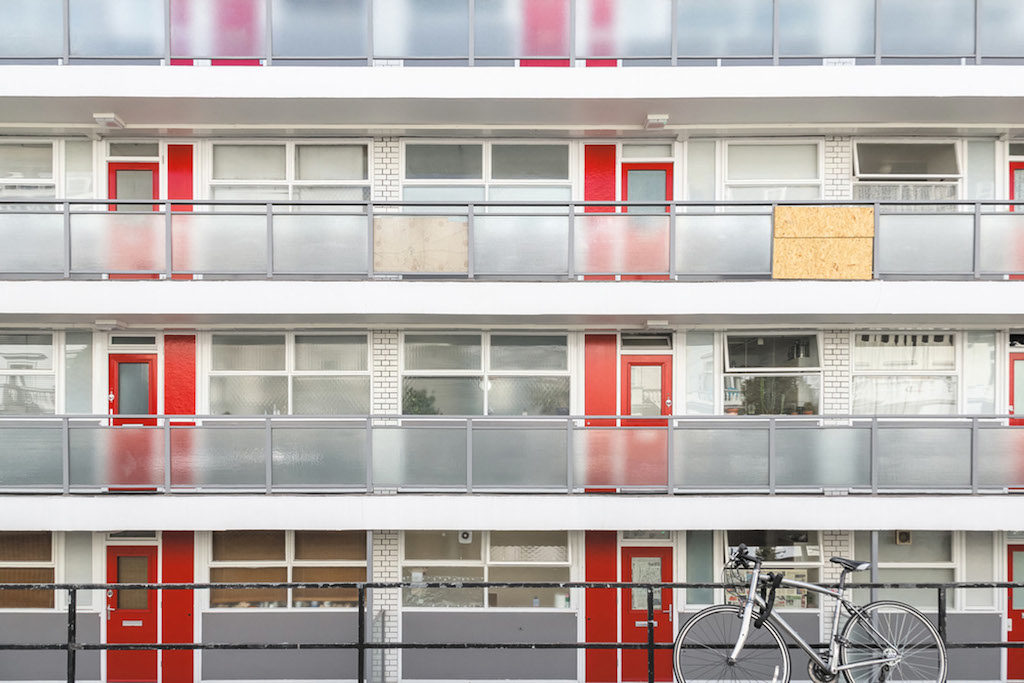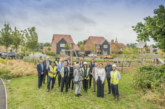ECA Communications Manager Omar Khalil reports from a recent roundtable discussion held by some of the biggest influencers in safety, electrotechnical engineering services, and social housing management.
Earlier this year, leading stakeholders came together in a roundtable session in London to identify a path towards more effective safety measures in the social housing sector. The roundtable was attended by representatives from ECA, the Association of Electrical Safety Managers (AESM), Electrical Safety First (ESF), the Ministry of Housing, Communities and Local Government, as well as leading figures from the electrotechnical and engineering services sector.
The roundtable identified that regulations in the social housing sector were, on the whole, “outdated and not fit for purpose”, mirroring the views presented in the post-Grenfell Hackitt Report at the end of 2018. Several routes to improvement were identified throughout the roundtable discussion, beginning with improving skills and training.
Big questions on competence
Before the roundtable, attendees were asked to consider the question: does safety begin and end with competence? The answer was a resounding “yes” from the electrical side of the table — and a unified, standardised means of determining competence would help to negate the disparities in skill often seen between technicians with the same job title. Yet the view was also expressed that the electrotechnical industry must address the skills gap immediately, as competence could be about to “fall off a cliff edge”.
“We need a clear definition of competence for electrical work,” said one roundtable member, “for each discipline, we need to determine the correct level of knowledge, experience and qualifications for a specific piece of work.” Attendees noted that “some people believe competence is just a qualification, but it is not.”
Perils of insufficient skills
The conversation about competence tied directly into another about value-for-money, or avoiding the “race to the bottom”. It was noted that EICRs can be completed for as little as £40 in some cases, effectively ‘pricing out’ operatives trying to uphold standards of quality and safety which incur up-front costs. A benchmark schedule of rates was proposed as a potential solution, although pricing practices across the entire supply chain will likely need to be addressed first.
The same concept also applies to training courses — where any migration to the cheapest training options for operatives could begin to put the safety of social residents at risk.
One attendee observed, “if electricians do a bad job, there can be a risk to life. But for some reason, we are not regulating those who do this work… and anyone can call themselves an electrician.” Initiatives such as the now widespread ECS card have done a lot to remove ambiguity around technicians’ competence. However, they added, “we struggle to find operatives with gold [ECS] cards, because commercial work pays so much more.”
Much more remains to be done to install an overarching, consensus-led skills framework for electrotechnical operatives working in the social housing sector.

When to inspect?
On the topic of five-yearly inspections, as mandated for the private rented sector (PRS), the discussion turned to how feasible these would actually be in the social sector. As the deterioration of installations tends to increase over time, the regularity of inspections comes into question.
While five-yearly inspections ‘may make more sense in the private sector’, it was agreed that perhaps a more suitable approach for the social housing sector would involve an initial assessment of a property’s risk profile that would dictate a schedule of regular inspections based on an engineer’s judgement. For instance, a few months for a property deemed ‘high-risk’, or several years for a ‘low-risk’ property.
What’s in the way?
On the whole, the biggest issues holding back electrical safety in the social housing sector, according to the consensus reached at the roundtable, were identified as:
• The intra-industry understanding of compliance (who’s job is who’s),
• The huge amount of variation in training (the easy availability of poor-quality apprenticeships) and
• The problem of cost vs value-for-money (the race to the bottom).
With greater focus on tenant engagement and education, some of these obstacles could be overcome through better awareness and safer practices by tenants themselves — in this case, prevention is better than cure.
Social housing authorities, the electrical industry, and government, which were collectively referred to as a “Stakeholder Triad”, continue to operate in silos and don’t always distinguish between cost and value-for-money. To improve social tenants’ situation, there must be more collaboration between these three groups.
Consensus is the first step towards change, and proposed solutions to the above challenges will form the basis of future discussions between the ‘Stakeholder Triad’ and others. With renewed focus and resources, the aim is to achieve significant change — as the social cost of inaction is far too significant to be ignored.
Green paper on social housing reform
In addition to responding to changes in the social housing sector, the overall aim of Government’s 2018 green paper, a new deal for social housing, is to ‘reset the balance in the relationship between residents and landlords’, to ensure residents’ voices are heard and issues are resolved quickly.
The first stage in the green paper’s review proposes ‘fundamental reform’ to ensure social homes provide an essential, safe and well managed service for all those who need it. This reflects recent changes to drive up safety that applies to the private rented sector, but not the social sector.









